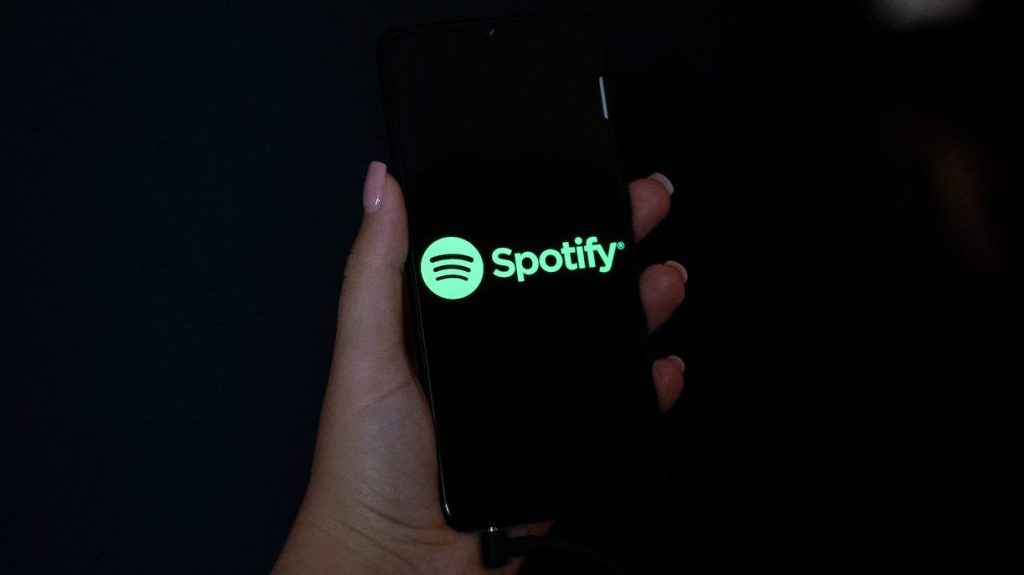In a significant move to redefine the dynamics between website proprietors and artificial intelligence (AI) entities, Cloudflare, a leading cloud infrastructure provider serving approximately 20% of the internet, has unveiled its latest initiative: the ‘Pay per Crawl’ marketplace. This platform is designed to grant publishers enhanced authority over their digital content, particularly in the context of AI-driven data extraction.
Addressing the Surge of AI Crawlers
Over the past year, Cloudflare has been proactive in equipping publishers with tools to manage the escalating presence of AI crawlers. These tools include a one-click feature to block all AI bots and a comprehensive dashboard that provides insights into AI crawler activities on their sites. In a 2024 discussion, Cloudflare’s CEO, Matthew Prince, highlighted that these tools were foundational steps toward establishing a marketplace where publishers could distribute their content to AI companies in exchange for compensation.
Introducing ‘Pay per Crawl’
The ‘Pay per Crawl’ marketplace, currently in its private beta phase, offers website owners the flexibility to manage AI crawler access on an individual basis. Participants can opt to:
– Permit AI crawlers to scrape their site at a predetermined rate, facilitating micropayments for each crawl.
– Allow AI crawlers free access.
– Completely block AI crawlers.
Cloudflare’s tools are designed to provide transparency, enabling website owners to discern whether crawlers are accessing their sites for AI training data, inclusion in AI search responses, or other purposes.
Implications for Publishers in the AI Landscape
The introduction of this marketplace arrives at a pivotal moment for news publishers grappling with the challenges posed by diminishing Google Search traffic and the ascent of AI chatbots. The traditional model, where publishers allowed search engines to index their content in return for referral traffic and subsequent ad revenue, is under strain.
Recent data from Cloudflare indicates a shifting balance:
– Google’s crawler now scrapes websites 14 times for every referral it provides.
– OpenAI’s crawler exhibits a more pronounced disparity, scraping sites 17,000 times for each referral.
– Anthropic’s crawler shows an even wider gap, with 73,000 scrapes per referral.
These statistics underscore the pressing need for publishers to regain control over their content and establish sustainable revenue streams in the evolving AI-driven digital environment.
Legal and Licensing Considerations
The response from publishers to AI companies’ use of their content has been varied:
– Entities like The New York Times have initiated legal actions against tech firms for utilizing news articles to train AI models without explicit consent.
– Conversely, some publishers have entered into multi-year agreements to license their content for AI model training and inclusion in AI chatbot outputs.
However, these licensing deals have predominantly benefited larger publishers, leaving smaller entities without clear avenues for compensation. Cloudflare’s ‘Pay per Crawl’ aims to democratize this process, allowing publishers of all sizes to set their own terms and pricing structures.
Default Blocking of AI Crawlers
In conjunction with the marketplace launch, Cloudflare has announced a policy change: new websites established with Cloudflare will, by default, block all AI crawlers. Site owners will need to actively grant permissions to specific AI crawlers, a measure intended to provide every new domain with inherent control over its content.
This initiative has garnered support from prominent publishers, including Condé Nast, TIME, The Associated Press, The Atlantic, ADWEEK, and Fortune. These organizations have aligned with Cloudflare’s broader objective of promoting a permission-based approach to content crawling.
The Future of Content Monetization
Cloudflare envisions that the true potential of ‘Pay per Crawl’ will manifest in an agentic future. In this scenario, AI agents could autonomously access and synthesize content, compensating publishers programmatically. For instance, a user might instruct an AI agent to compile the latest research on a specific topic, with the agent allocating a budget to acquire the most relevant and authoritative content.
To participate in this experimental marketplace, both AI companies and publishers are required to have Cloudflare accounts. Within their accounts, both parties can establish rates for purchasing and selling content crawls. Cloudflare acts as the intermediary in these transactions, facilitating payments from AI companies and distributing earnings to publishers.
Notably, Cloudflare has clarified that, at this time, the ‘Pay per Crawl’ system does not involve stablecoins or cryptocurrencies, despite suggestions that digital currencies could be well-suited for such transactions.
Challenges and Prospects
While the concept of a marketplace where publishers can monetize AI-driven content scraping is compelling, its success hinges on widespread adoption by both publishers and AI companies. Convincing AI firms to pay for content they currently access freely presents a significant challenge. Nonetheless, Cloudflare’s extensive reach and infrastructure position it uniquely to spearhead such an initiative.
In summary, Cloudflare’s ‘Pay per Crawl’ marketplace represents a proactive effort to address the evolving challenges faced by publishers in the AI era. By offering tools for content control and monetization, Cloudflare aims to foster a more balanced and sustainable digital ecosystem for content creators and AI developers alike.



